Description
Chinese Cabbage Wong Bok
Chinese Cabbage Wong Bok, also known as Napa cabbage, is a popular variety cherished for its mild, sweet flavor and tender texture. This cylindrical-shaped cabbage has tightly packed, crinkled leaves with a pale green to light yellow color. Wong Bok is a staple in Asian cuisines, prized for its versatility and ability to be used in various dishes, such as stir-fries, salads, soups, and pickles. It’s a cool-season vegetable that thrives in well-drained, fertile soil and prefers cooler temperatures for optimal growth. Wong Bok is not just a culinary delight but also a nutritious addition to any meal, offering vitamins, minerals, and antioxidants.
Cultivation advice for Chinese Cabbage Wong Bok
- Start seeds indoors 4-6 weeks before the last frost date or sow seeds directly in well-prepared soil when the soil can be worked. Choose a location with full sun to partial shade.
- Ensure well-draining, fertile soil with plenty of organic matter. Aim for a slightly acidic to neutral soil pH level (6.0-7.5).
- Sow seeds about ¼ to ½ inch deep in seed-starting trays or directly in the garden, maintaining spacing of about 12-18 inches between plants.
- Maintain consistent moisture by watering regularly. Chinese cabbage prefers evenly moist soil, so ensure it doesn’t dry out between watering sessions.
- Apply mulch around the plants to retain soil moisture and control weeds. Ensure the mulch is slightly away from the base of the plant.
- Before planting, enrich the soil with compost or a balanced fertilizer. Consider side-dressing with a nitrogen-rich fertilizer as the plants develop.
- Protect plants from pests like aphids or flea beetles by using floating row covers or other physical barriers.
- Regularly check for signs of pests or diseases. Employ organic pest control methods and practice crop rotation to reduce issues.
- Harvest Wong Bok when heads feel firm and reach a suitable size, usually around 10-12 inches in height. Cut the heads from the base.
- Use freshly harvested Chinese cabbage immediately for the best flavor. Store remaining heads in the refrigerator for a few days to maintain freshness.
- Plant alongside aromatic herbs like mint or basil to deter pests and promote healthy growth.
- To extend the harvest, consider planting new seeds every few weeks. Fall planting may yield a late-season crop.
- Wong Bok is versatile and can be used in various recipes, such as stir-fries, soups, kimchi, or as a crunchy addition to salads.
- Continuously monitor plant growth and adapt care practices based on the plant’s health and development.
- Wong Bok thrives in cooler temperatures. Protect young plants from extreme heat by providing shade or planting during cooler periods.
- Mulching around the base of the plant helps regulate soil temperature, keeping it cooler in warmer climates.
- Ensure proper spacing between plants to allow adequate airflow, reducing the risk of diseases. Thin seedlings if they become overcrowded.
- Water consistently to keep the soil evenly moist, especially during warmer weather. Avoid waterlogging, which can lead to root rot.
- Incorporate organic matter like compost regularly to maintain soil fertility. Consider a balanced fertilizer application during the growing season.
- Inspect the plants regularly for signs of pests or diseases. Apply natural remedies like neem oil for pest control and practice crop rotation to minimize diseases.
- Harvest Wong Bok when the heads are compact and firm. Avoid delaying harvest to prevent bolting or splitting.
- If storing in the refrigerator, keep the Chinese cabbage in a perforated plastic bag to maintain freshness. Use within a few days for optimal taste and texture.
- Use protective covers or row tunnels to shield plants from frost in colder climates, extending the growing season.
- Explore different culinary methods to enjoy Wong Bok’s taste and texture. Try pickling, fermenting, or incorporating it into various Asian-inspired dishes.
- Continuously observe the plants for any signs of stress, adjust watering and care practices accordingly to ensure healthy growth.


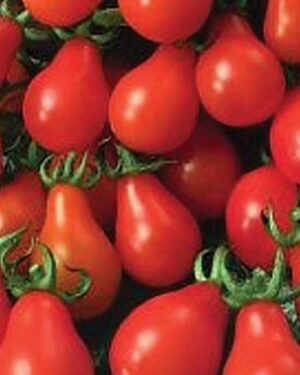
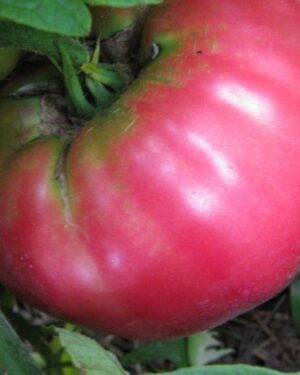

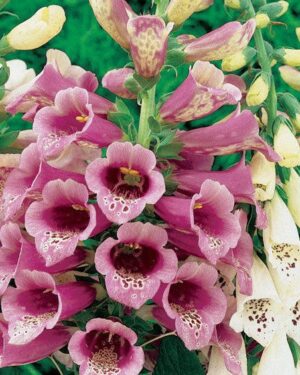
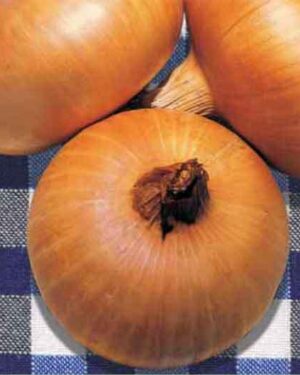
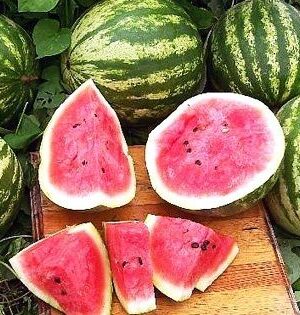

Reviews
There are no reviews yet.